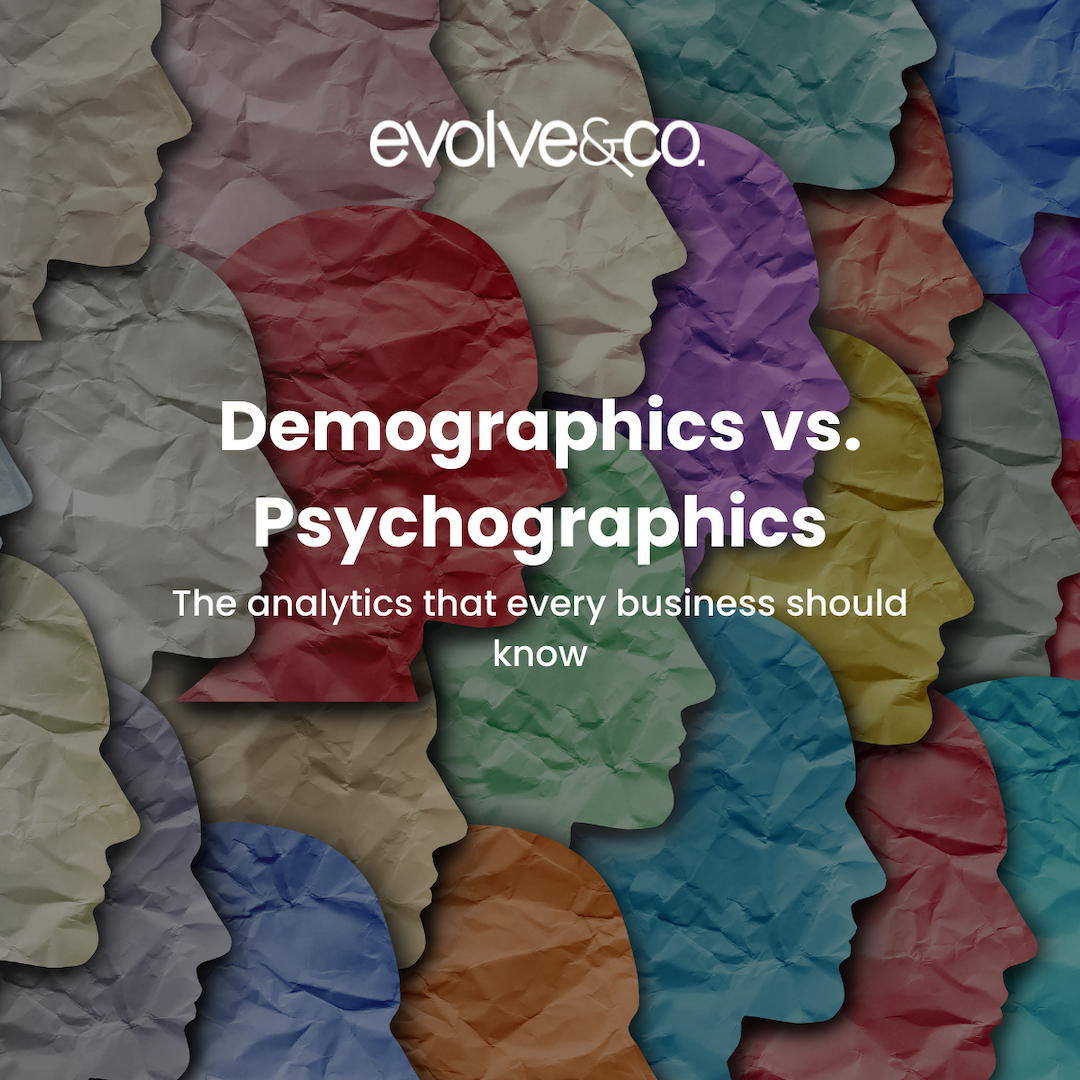Data and information are like gold in this digital era of commerce. The more a company knows about their customers and sales, the better equipped they are to succeed. And according to a survey by Deloitte, “49% of respondents say that analytics helps them make better decisions, 16% say that it better enables key strategic initiatives, and 10% say it helps them improve relationships with both customers and business partners” (as cited in Forbes, 2019).
Empirical data is becoming increasingly popular and relied upon, offering substantial utility for those who use it. The software company Altametrics further clarifies that “harnessing collected information is imperative for those who want to gain a competitive edge and improve business intelligence” (Christiansen, 2020). Accurate and fact-based data gives businesses the specific guidance they need to make informed decisions, and thrive in the midst of fierce competition.
So what kind of data is useful to obtain? Customers are of course everything that a business depends upon. From how they operate, brand themselves, and create products, it’s done from the perspective of “what do the customers want?”
Demographics
The simplest and most common way to identify customers and target audiences is by recording their demographics. As defined on Investopedia, “Demographic data refers to socioeconomic information expressed statistically including employment, education, income, marriage rates, birth and death rates, and more” (Hayes, 2021). This type of information is typically quantitative, concise, and easy to compare — directly addressing the four P’s of marketing: product, place, price, and promotion.
Business News Daily specifies that age, gender, income, education, and occupation are the most useful demographics, because they “most strongly inform consumer behavior, interests and needs” (Freedman, 2020). While these statistics may not give the most information on the individual consumers themselves, it’s certainly enough to develop a successful marketing strategy around.
Photo by Timon Studler on Unsplash
Psychographics
If more in-depth information is needed, psychographics are the better statistics to go by. Merriam-Webster defines psychographics as “classifying population groups according to psychological variables (such as attitudes, values, or fears)” (Psychographics, 2021). So while demographics are more general and quantitative, psychographics are specific and qualitative.
Psychographics do not just tell general characteristics of people, but their personality as well. Janet Odgis of The Huffington Post (2017) writes:
All that data about values and attitudes allows firms to not only target new clients who may prove especially amenable to their services, but deepen the relationship with existing ones. Psychographics allow you to understand who will comprehend and derive the most value out of what you do.
Photo by Dylan Gillis on Unsplash
Psychographics are a more detailed and intimate study of who the customers are. More accurate inferences can be deduced, and better products, services, and relationships can be made.
Knowing the Difference
To recap, demographics are easier to obtain, while psychographics often require interviews, focus groups, and more time and resources to gather. And while demographics are simpler and provide more general information, psychographics are more specific and useful. And then finally, demographics are typically quantitative, while psychographics are qualitative.
Indeed additionally explains (2021):
A marketer can use demographic data to create a rough draft of their target audience, then add psychographic data to refine the notion and present a polished target consumer. In some marketing campaigns, demographic data can be used to attract an initial audience, while psychographic data can convince them to buy into the brand and follow through with a purchase.
Essentially, demographics and psychographics can go hand-and-hand, offering optimal business intelligence. Demographics can be used to lay out the basic framework for a business plan, while psychographics can refine and further improve business processes.
Work Cited
Christiansen, L. (2020, November 4). The Importance of Data Gathering to Improve Business Intelligence. The Best Business Management Software and Apps. https://altametrics.com/en/business-intelligence/data-gathering.html.
Freedman, M. (2020, August 26). Why Demographics Matter to Small Business Marketing. Business News Daily. https://www.businessnewsdaily.com/15779-small-business-marketing-demographics.html.
Hayes, A. (2021, May 19). Demographics Definition. Investopedia. https://www.investopedia.com/terms/d/demographics.asp.
Indeed. (2021, April 22). Demographics vs. Psychographics in Audience Segmentation. Indeed. https://www.indeed.com/career-advice/career-development/demographics-vs-psychographics.
Merriam-Webster. (n.d.). Psychographics. In Merriam-Webster.com dictionary. Retrieved June 16, 2021, from https://www.merriam-webster.com/dictionary/psychographics.
Odgis, J. (2017, June 23). What Are Psychographics? HuffPost. https://www.huffpost.com/entry/what-are-psychographics_b_594be378e4b07cdb1933c05b.
Panoho, K. (2019, October 1). Council Post: The Age Of Analytics And The Importance Of Data Quality. Forbes. https://www.forbes.com/sites/forbesagencycouncil/2019/10/01/the-age-of-analytics-and-the-importance-of-data-quality/?sh=5effc1835c3c.



